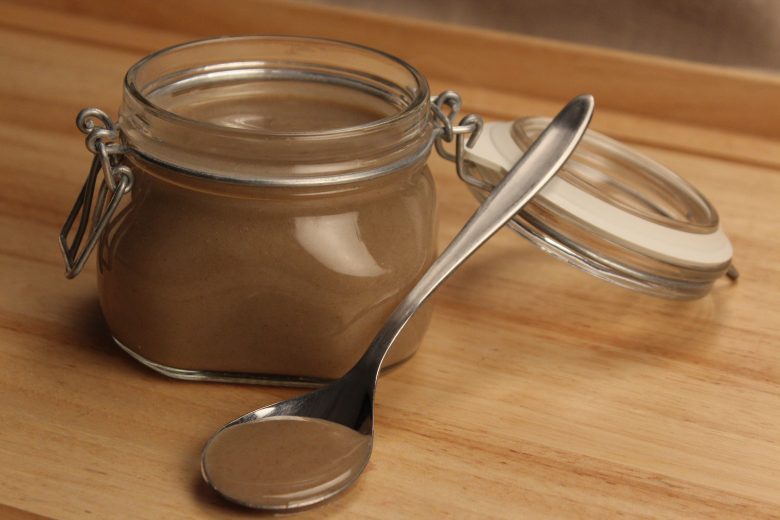Rye Malt Scald / Malt Dough
In this production technique, rye flour, water (TA 300) and an addition of active malt (3-5%) is stirred for 3 hours at 65°C. In this way, a malty-sweet tasting, brown ingredient is obtained. This leads to an enzymatic reaction and an increased formation of maltose. The heating process causes intensive swelling and water retention.
In the same way, the malt dough can also be prepared with grains and meals. It is important to bring the temperature to 85°C after the reaction time has elapsed. This ensures good water absorption, especially with whole grains or very coarse meal.

What to consider when using it?
Malt scald should not be added to the dough when it is hot. It is advisable to cool the finished mixture immediately to 8°C. Then the malt scald can be made up to 72 hours in advance.
What does the addition of malt dough do?
- Flavor rounding and clear taste profile through the formation of maltose
- Saves of malt
- Improves of the freshness
- Pleasant browning of the baked goods
- Individual taste control of the entire bread range
Usage amounts:
- Specialty rolls 3-12%
- White bread/Baguette 10-15%
- Mixed wheat bread 8-12%
- Mixed rye bread 6-10%
- Rye bread 6-10%
- Rye meal bread 10-20%
Overall assessment of the malt dough:
The malt dough is very suitable for increasing the flavor of the pastry with a malty note. Especially in breads with sourdough, the malt dough can round off the taste, which reduces the acidic taste.
Even if the management of the malt dough involves additional effort, you are compensated in the form of savings on baking ingredients. Especially with low-enzyme milled products, the malt dough offers the possibility not only to improve the baked goods aroma, but also to increase the freshness and thus the moisture of the crumb.


